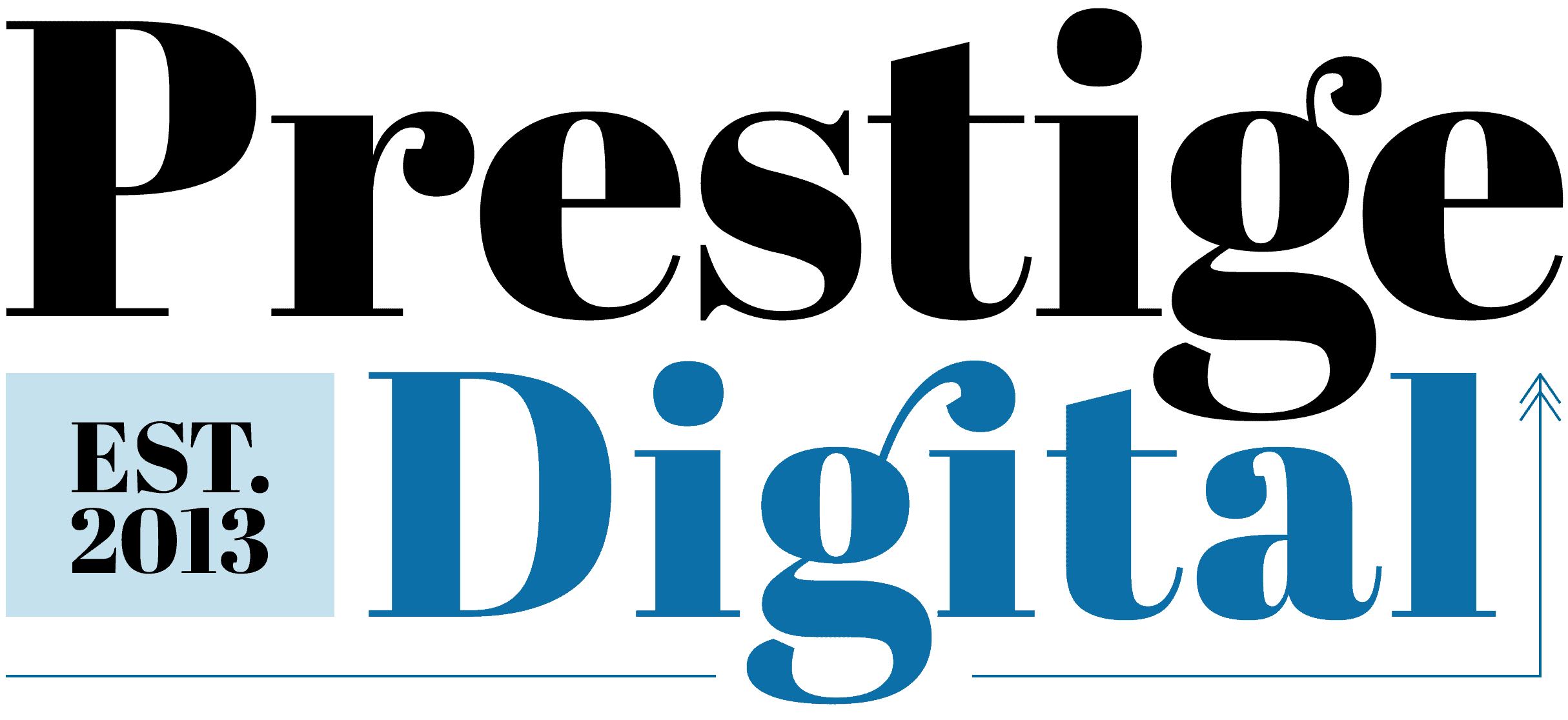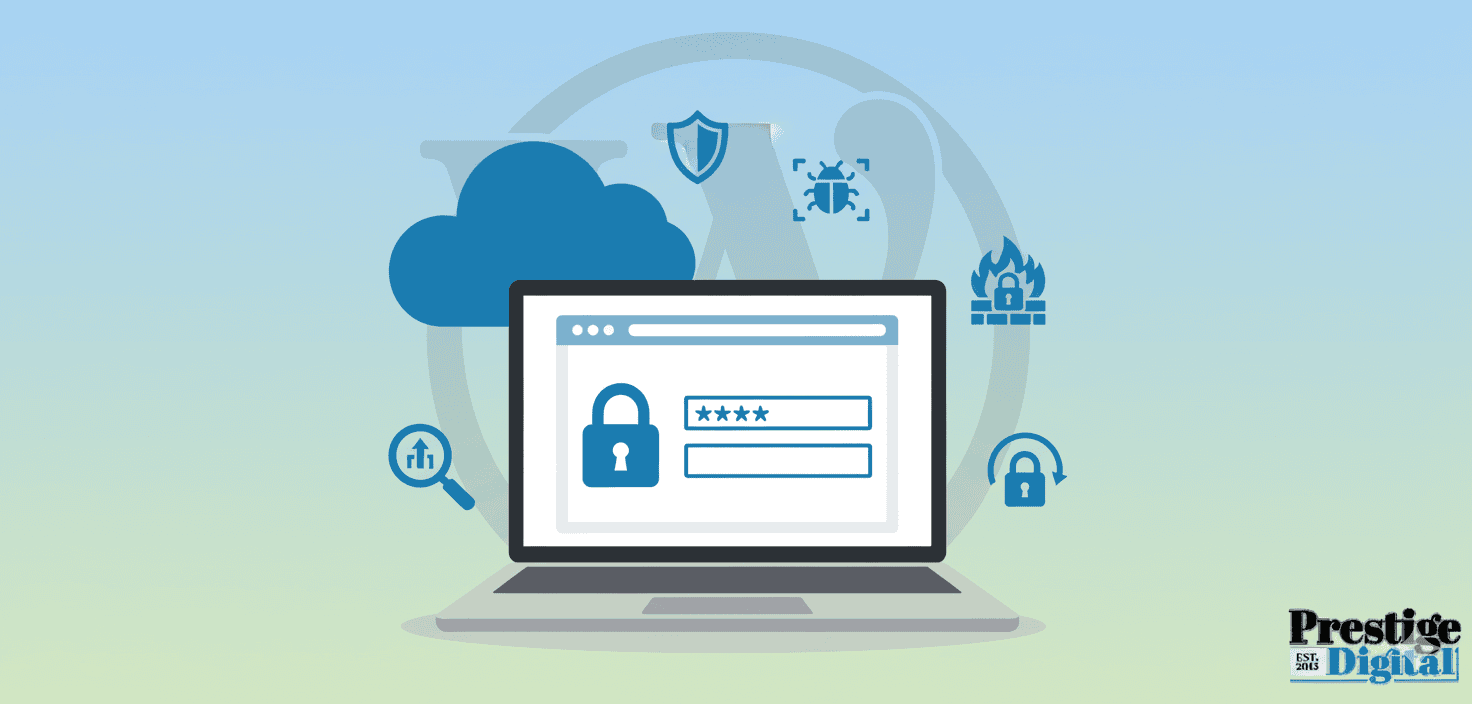If you run a small business, you’ve probably felt that little jolt in your stomach when a client messages, “Hey, your form isn’t working,” or a friend says, “Your site looks weird on my phone.” Most of the time it’s nothing dramatic—an update that changed something small, a plugin that didn’t play nicely—but once you feel that jolt, it’s hard to un-feel it. Security isn’t about living on edge; it’s about having a calm, simple routine so those moments are rare and short-lived.
Think of your website like a shop after hours. The door is locked. The alarm is set. Only the right people have keys. Online, that same common sense protects the things you care about most: your reputation, your customer data, and your ability to take bookings or orders without interruption. The good news? You don’t need to become “the tech person.” You just need a predictable rhythm that quietly removes the easy openings.
It’s not personal-bots just look for easy
Most attacks aren’t a movie plot; they’re housekeeping problems. Automated bots sweep the web all day looking for the same patterns: an old plugin with a known flaw, a weak or shared password, an admin account that should’ve been removed, a site that hasn’t been updated in a while. They don’t check company size or brand name. They check for easy. Security, done simply and regularly, makes your site a lot less interesting to them.
What “secure” looks like when you’re not technical
Security isn’t a one-time setting; it’s a short list of habits that repeats. Strong, unique logins live in a password manager so nobody reuses “that one password.” Two-factor authentication adds the quick “are you really you?” step for admins. Updates still happen, but they happen safely—on a private copy of the site first—so you can check your home page, a service page, the contact form, and (if relevant) a test checkout before anything goes live. A reputable firewall keeps watch in the background, and you keep tidy records: a weekly glance at the security report, a note that the backup system ran last night, a simple changelog of what was updated and when.
None of this needs to be loud. In fact, the best compliment you can give your security routine is that you rarely think about it.
Updates without the “oops” moment
Updates are good – they fix issues and keep things compatible – but clicking “Update” blindly on a live site is the online version of changing a tire while the car is moving. Safer is slower by a few minutes and faster by a few days. You make a backup. You try the update on a staging copy. You give the site a quick look like a customer would: homepage loads, the menu works, the form sends an email, checkout completes. If anything looks off, you pause, roll back the change, and decide what to adjust. That pause is where panic goes to die.Even more importantly, outdated software is the easiest open door. An old WordPress version, a plugin that hasn’t been updated, or a theme stuck on last year’s release often has known flaws that bots actively scan for. That doesn’t mean every update is urgent, but it does mean delay creates opportunity. Safe updating (backup → staging → quick check → go live) closes those gaps without the “oops” moments – and turns security from a gamble into a routine.
Backups: the difference between stress and a shrug
Backups don’t feel exciting – until they are. The moment something truly odd happens, a clean, recent, offsite backup turns a scary situation into a short detour. The key isn’t only “having backups.” It’s knowing they’re complete (files and database), stored somewhere safe outside your main server, and actually restorable. A quick, quarterly “fire drill” where you restore last night’s copy to a private space will teach you more confidence than any blog post ever could.
Firewall & background scanning (quiet protection that runs all day)
Think of a website firewall as a smart bouncer at the door. Most visitors walk in normally; trouble is turned away before it reaches the crowd. In practice, a firewall recognizes common attack patterns – endless password guesses, attempts to upload bad files, probes for old plugin flaws – and blocks them automatically. Good tools also watch for malware, keep an eye on file changes, and let you know if something needs attention.
The goal isn’t to make noise; it’s to keep the day calm. With a firewall and malware scanning in place, suspicious activity is filtered out in the background while genuine customers browse and buy. Pair that with safe updates and reliable backups, and security stops feeling like a cliff edge. It becomes exactly what it should be: boring, predictable, and effective.
Who has the keys (and do they still need them)?
Inside the dashboard, clarity wins. Every person should have their own login. Editors edit. Shop managers manage orders. Admins are few and chosen. When someone leaves, access leaves with them. Once a quarter, spend five minutes looking at the user list and asking, “Does everyone here still need what they have?” That tiny habit saves many awkward surprises later.
Fewer, better plugins – and a sensible host
Plugins are wonderful, but every extra moving part is another thing to keep tidy. Fewer, better-maintained tools beat a drawer full of gadgets. Choose plugins with recent updates and active support. Keep your PHP and WordPress versions current so the “engine” stays efficient. And host with a company that treats backups, SSL, and security seriously – not just in marketing copy, but in how easy they make restores and support.
“Something feels off” – what now?
Stay calm. Take the site private if you think customer data could be at risk or if something looks obviously wrong. Restore the most recent clean backup to a private space and confirm that version behaves. Change the important passwords and remove any unfamiliar users. Then bring the clean copy live, and make a short note of what happened, when it was fixed, and how you’ll avoid it next time. That little write-up is gold the next time you’re busy and need answers quickly.
A 30-minute monthly habit that pays for itself
Security works best when it’s boring. Pick a day each month – first Monday, last Friday, whatever sticks – and do the same simple circuit: confirm backups exist and can restore, apply updates on staging and spot-check key pages, glance at the security report and the list of users, and write one or two lines about what changed. That’s it. Thirty minutes of routine beats three days of emergency every time.
The business case in one sentence
Security protects trust and keeps revenue online. When it becomes a routine, it fades into the background and lets the rest of your marketing do its thing.
Want a quick, non-technical security check?
Book a free consultation and get a short action list tailored to your site.


[…] Security is business hygiene: lock the doors, protect cash, watch the cameras. Online, the same routine protects reputation, customer data, and revenue. A website is no different. Maintenance protects your reputation, customer data, and revenue from everyday threats like password-guessing bots and known plugin flaws—not chasing sci-fi hackers. With a few sensible habits (strong logins, 2FA, a firewall, and weekly scans), most problems never become problems at all. […]